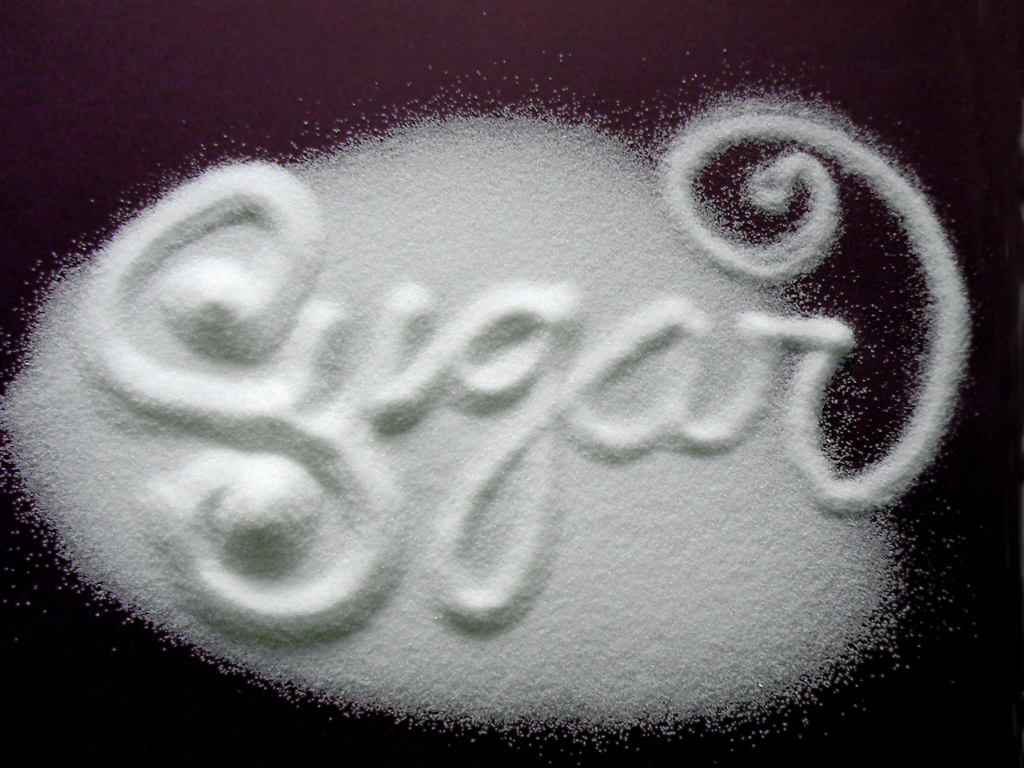Update: My WHO Sugar Challenge
So I have been on my WHO sugar challenge for a few weeks. I have had good days and bad days. The good news is I am not a big soda drinker. The bad news is I have a big sweet tooth. The hardest part so far has been avoiding all of the treats like muffins, cookies, and chocolates that are brought by the clinic to thank us. The second hardest thing is going to celebration and functions that are full of treats. I have been working slowly on treating myself to small things occasionally.
The Heart and Stroke Foundation published a good article on sugar. They have some good Tips for reducing sugar in your diet like:
-Know where sugar hides by reading Nutrition Facts tables on food packages. Choose foods that are lower in sugar. Swap your sugary pasta sauce for homemade sauce and try the sugar-free salad dressings.
-Switch from pop to sparkling water, or try our unsweetened Minted green iced tea.
-Add less sugar to coffee or tea. Instead, add flavour with cinnamon, vanilla, cocoa or ginger.
For more good tips go to:
http://www.heartandstroke.com/site/apps/nlnet/content2.aspx?c=ikIQLcMWJtE&b=4869055&ct=7134805








